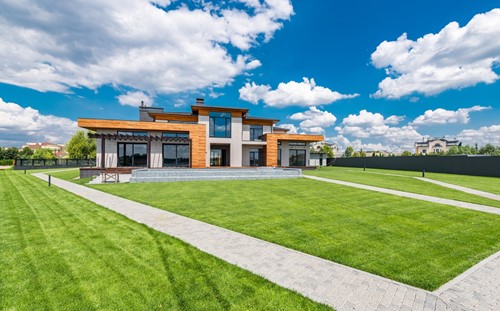Lawn care: The pros & cons of centipede grass
by Market My Property, LLC 03/12/2024

Centipede grass is a variety of bright-green grass commonly grown in warm, wet climates. It tolerates high temperatures and most soil types, which make it a superb lawn choice for homes in warmer regions. But even if your home meets the climate requirements, how do you know if centipede grass is the right choice for your lawn or garden?
To help you learn more, here are some primary advantages and disadvantages of centipede grass:
Centipede grass pros
Centipede grass lawns have many benefits, including:
- Easy care: Centipede grass is low maintenance once established in your outdoor space. It doesn’t grow as quickly as other types of grass, which means less mowing.
- Weed control: Centipede grass grows thick enough to block out weeds from growing in your lawn. This means less time spent pulling weeds or using weed killers.
- Heat-friendly: Centipede grass grows well in sunny, hot climates that might scorch and dry out other grass types.
Centipede grass cons
Despite its many advantages, centipede grass does have some drawbacks to consider, such as:
- Not shade-friendly: While centipede grass can handle some light shade, it will die without proper sun exposure.
- Delicate: Centipede grass is extremely susceptible to damage from foot traffic, making it a poor choice of lawn grass for active yards. Because it grows slowly, damaged grass can take a long time to recover.
- Thirsty: Centipede grass requires frequent watering, especially if you live somewhere without much rainfall. While you’ll spend less time mowing and pulling weeds, you may need to water a centipede grass lawn more frequently than other grass types.
Is planting centipede grass the right choice for your lawn? If you’re searching for a warm season grass that loves high heat and full sun, it might be a great option. However, consider the disadvantages and advantages carefully to determine what’s best for your home.
